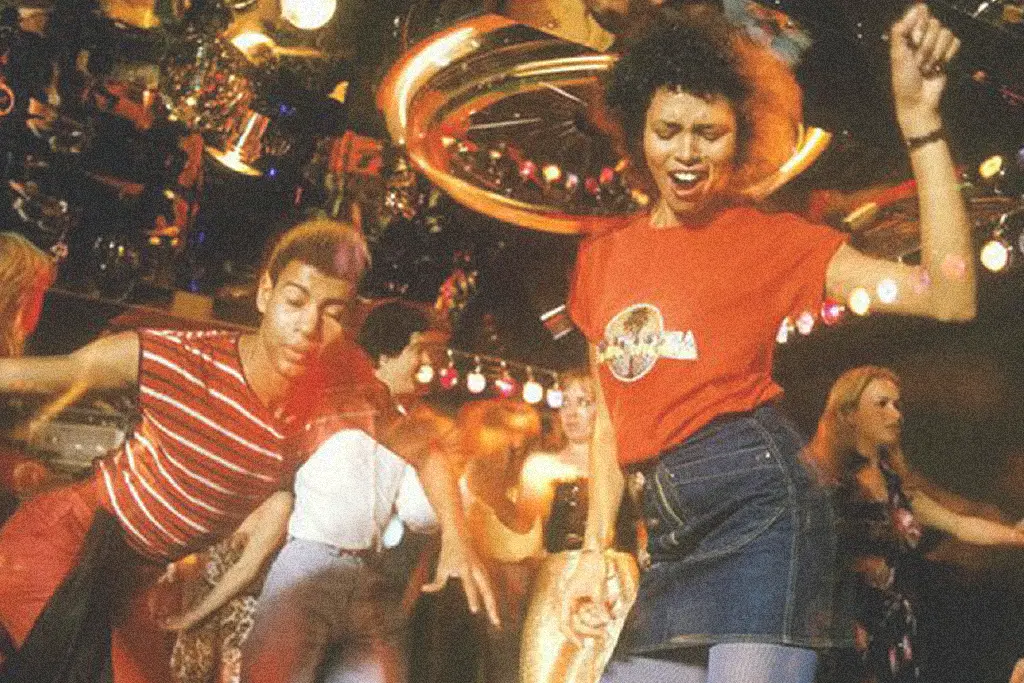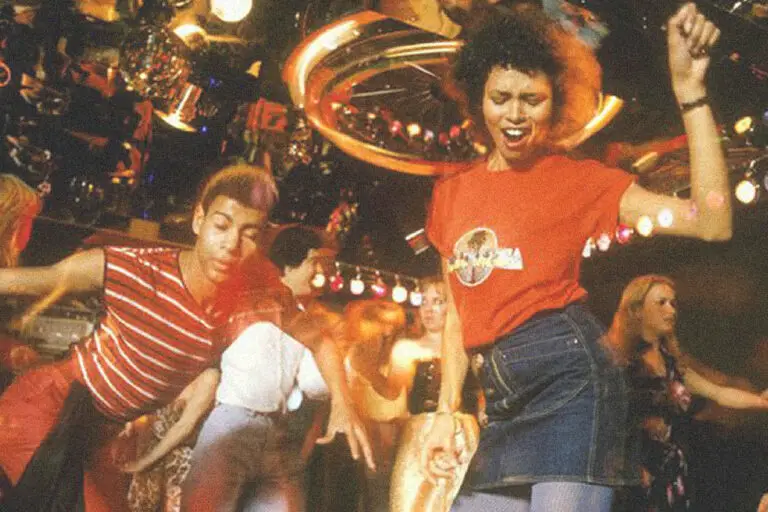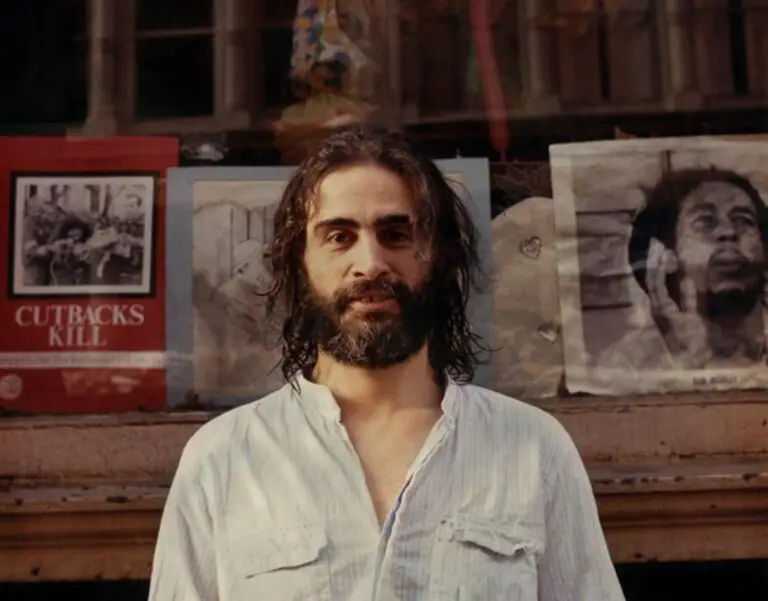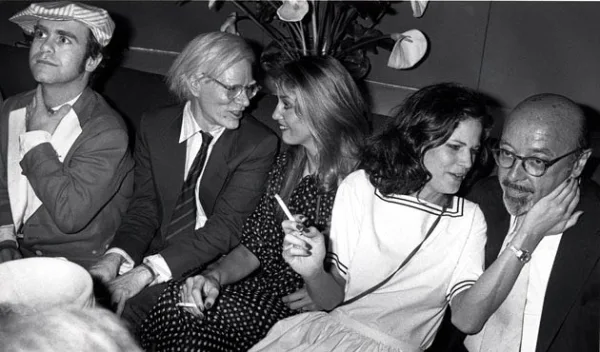

In the world of music, Disco may seem like a distant memory or something your parents reminisce about when they hear it on their local oldies radio station. While the genre enjoyed a short, but lively existence in the 1970’s, its impact can be seen in every corner of modern music, from Silk Sonic to Harry Styles. As we enter the month of June, let’s take a walk down memory lane to celebrate the life, death and rebirth of Disco.

Born as a response to the rampant homophobia, racism and riots of the 60’s and early 70’s, Disco provided a safe space for POC and LGBTQ communities. Some sources say that Utica born DJ David Mancuso birthed the new sound during his Valentines Day party at The Loft in 1972 (The Loft was more than just a club, it was a gathering place for the city’s LGBTQ, where they could safely meet and dance with those just like them). Other sources say that the sound originated in underground clubs, also known as discotheques, in Philadelphia and NYC.

Regardless of its specific origin, Disco quickly gained popularity around the country. Donna Summer could do no wrong as tracks like ‘Hot Stuff’, ‘Last Dance’ and arguably the genre defining ‘I Feel Love’ topped charts week after week. The Bee Gees were practically inescapable as they reached a new heyday with songs like ‘Stayin Alive’, ‘More Than a Woman’ and ‘Night Fever’, all of which were featured on the “Saturday Night Fever” soundtrack. The 1977 movie featuring John Travolta would further catapult the group and Disco as a whole into another realm of superstardom.
Obvious acts from the era were joined by lesser remembered, but equally as talented performers, including Candi Staton, most known for 1977 release ‘Nights on Broadway’, Thelma Houston with her hit ‘Don’t Leave Me This Way’ and even the Bee Gees’ youngest brother, Andy Gibb with his song ‘I Just Want To Be Your Everything’.
Discotheques popped up in every city from Los Angeles to Manhattan, including world famous Studio 54 and one of its only worthy competitors, Club Xenon. Similar to Studio 54, Club Xenon was an intoxicating escape from reality, for everyday party goers and celebrities alike. Opened in June 1978 and once located on 124 West 43rd Street in Manhattan, Xenon welcomed some of the era’s biggest superstars, including Michael Jackson, Madonna and Mick Jagger. While living in Studio 54’s shadow, the club still had its own unique features including several adult “play” areas, electronic games and moving set pieces that would alternate throughout the night.

Eventually closing their doors in 1984, Club Xenon seems to be a lost memory to those who were old enough to experience Disco at its peak. However, let us remember Xenon as not just another Studio 54 clone, but as a testament to the love people had for Disco and all it entailed. The dancing, camaraderie and love, as well as some casual drug use and other seedy club activities, were real world manifestations of the power Disco held and it shouldn’t be forgotten.
As with all oversaturated trends, the general public eventually grew tired of Disco. Following a quick, flashy peak was a swift and slightly dramatic fall from grace. Some cite Rick Dees’ ‘Disco Duck’ as their final straw while others resisted change and disliked the genre from the very start. The biggest display of hatred toward the genre occurred on July 12th, 1979 at an event called “Disco Demolition”. Joined by almost 50,000 disco haters, Disc Jockey Steve Dahl destroyed hundreds of Disco records in Chicago’s Comiskey Park.

However, this event didn’t mark the end of Disco, it just pushed it back underground. From the ashes of Disco, rose House music, as well as the advancement of DJ techniques, independent music production and endless inspiration for generations to come. It popularized synthesizers, helped develop sound system technology and showcased the greatness that comes from some of our country’s most underrepresented groups.
The glitz, glamor and debauchery of the Disco era gave birth to many of the things we know and love today. Its influence can be heard in pop projects like Harry Styles’ latest release Harry’s House, as well as more obvious replications like Bruno Mars and Anderson Paak’s shimmering and funk laden, An Evening With Silk Sonic. From Doja Cat and Kylie Minogue to Dua Lipa and Daft Punk, the aesthetic and sonic appeal of Disco is hard to escape.
It would be easiest to say that Disco is an amalgamation of many subcultures and minority influences. It’s a genre built by and for those who have been discriminated against and disregarded by wider society. It was, and still is, an escape from suffering, stress and worry for all who dare to embrace it. Honestly, I think we could all use a little more Donna Summer in our lives.
The post You Can’t Kill Disco appeared first on NYS Music.



![SLIFT: Not Your Dad’s Psych-Rock [Review/Videos]](https://utterbuzz.com/wp-content/uploads/2024/10/slift-not-your-dads-psych-rock-review-videos-238x178.jpg)




